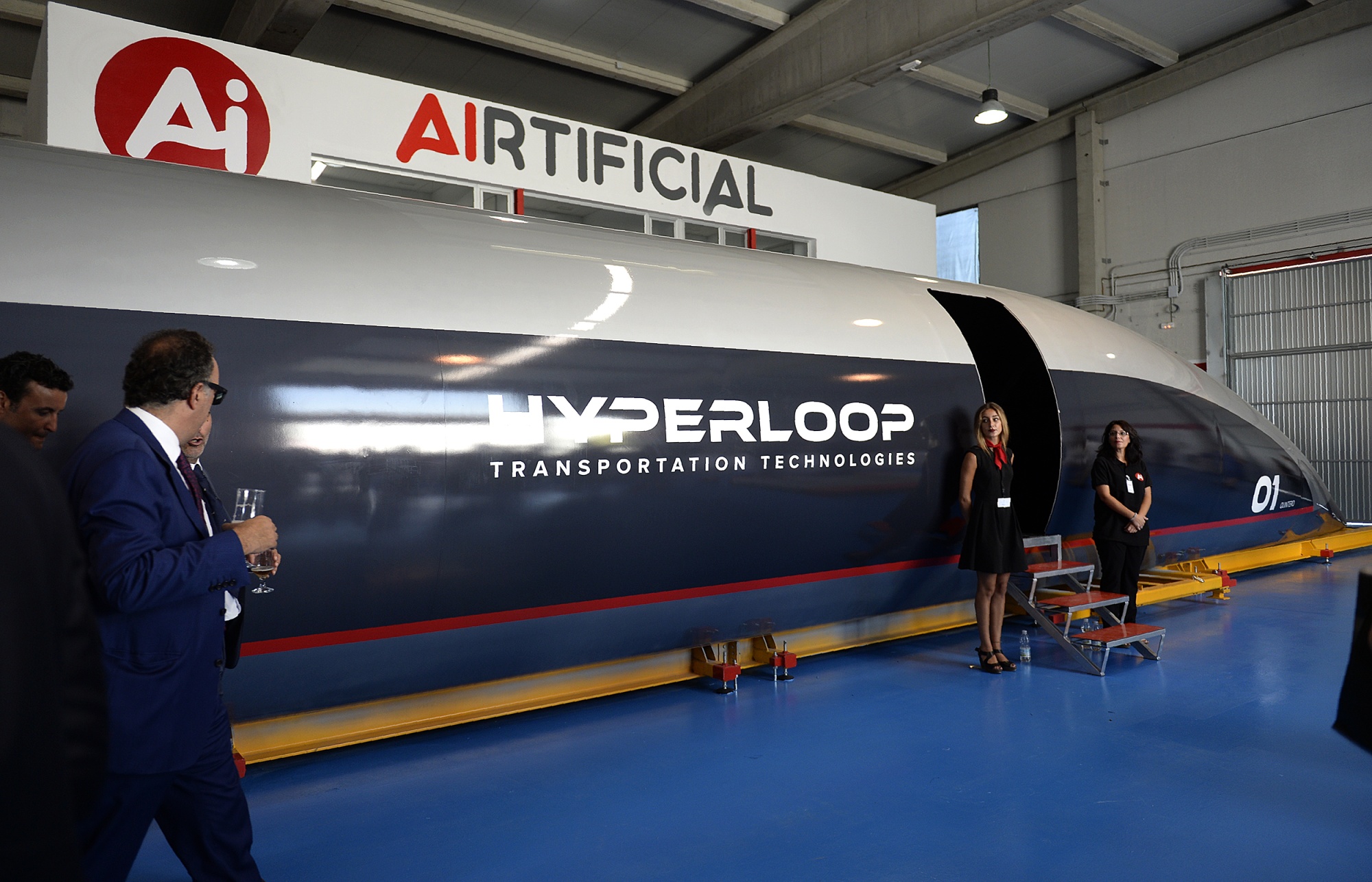In the realm of futuristic transportation, few ideas have sparked as much excitement and speculation as the Hyperloop. Initially introduced by Elon Musk in 2014, this ambitious transport plan promised to revolutionize the way we travel, offering a glimpse into a future where distances shrink and the world becomes more connected.
Yet, recent developments have painted a starkly different picture: the Hyperloop project, once hailed as the next big leap in transit technology, has come to a halt.

The Rise and Fall of Hyperloop One
Hyperloop One emerged as a frontrunner in the race to bring Musk’s vision to life. With the backing of significant investments and the allure of cutting-edge technology, the company embarked on an ambitious journey to redefine transportation.
The concept was simple yet groundbreaking: pods levitating through vacuum tubes, propelling passengers and cargo at speeds surpassing commercial jets, all while nearly silent and incredibly fast.
The potential of the concept extended beyond just speed. It was seen as a sustainable alternative to traditional modes of transport, with the promise of linking cities and countries like never before. In 2013, Elon Musk estimated that the new technology could reduce the travel time between Los Angeles and San Francisco to a mere 35 minutes, a feat that would ordinarily take hours by car or conventional rail.
However, despite the groundbreaking tests and the construction of a test track near Las Vegas, Hyperloop One’s journey was fraught with challenges.
In a dramatic turn of events, Bloomberg reported the company’s closure, marking the end of an era for the concept. The reasons behind this downfall are manifold: from financial hurdles to technological limitations, the dream of a global network of Hyperloop systems remains unfulfilled.
🚄 End of an Era: Elon Musk's Hyperloop One, formerly Virgin Hyperloop, faces demise. Assets sold, staff laid off, and a shutdown by end of 2023. Dubai's DP World to take the majority stake. 🌐💔 #HyperloopOne #TechNews #Gaza_Genocide pic.twitter.com/Ff575VdSmP
— Ali Tamoor (@bealitamoor) December 24, 2023
The Unrealized Potential of Hyperloop Technology
The Hyperloop technology, with its use of magnetic levitation and near-vacuum conditions, promised a revolution in transport. The idea of aluminum capsules whisking through tubes at speeds of up to 760mph captured the world’s imagination.
This “fifth mode of transportation” was not just about speed; it was about changing the very fabric of how we live, work, and interact. Despite raising around $450 million in funding and conducting successful tests, Hyperloop One faced skepticism from critics who questioned its viability.
The financial and logistical complexities of creating a mass-market system proved to be significant barriers. Furthermore, the much-anticipated public tests fell short of expectations, with the pod reaching only 100mph, a fraction of its promised capability.

The Legacy and Lessons of Hyperloop One
As Hyperloop One shuts down, laying off employees and selling its assets, the question arises: what legacy will this ambitious project leave behind? The venture’s end signifies more than just the closure of a company; it reflects the immense challenges inherent in turning futuristic visions into reality.
The dream of the new concept, while captivating, faced the harsh truths of engineering, economics, and execution. Yet, the story of a new brand is not just a tale of failure. It is a testament to human ingenuity and the relentless pursuit of innovation.
The project’s initial promise and the global excitement it generated reveal a collective desire for transformative change in how we approach transportation. As we move forward, the lessons learned from One’s rise and fall will undoubtedly influence future endeavors in the quest for faster, more sustainable, and revolutionary modes of transport.
The Hyperloop concept remains a powerful reminder of our potential to envision and strive for a better future. While the Hyperloop One chapter may have closed, the dream of redefining transportation endures, inspiring new generations of engineers, entrepreneurs, and dreamers to imagine what could be.










